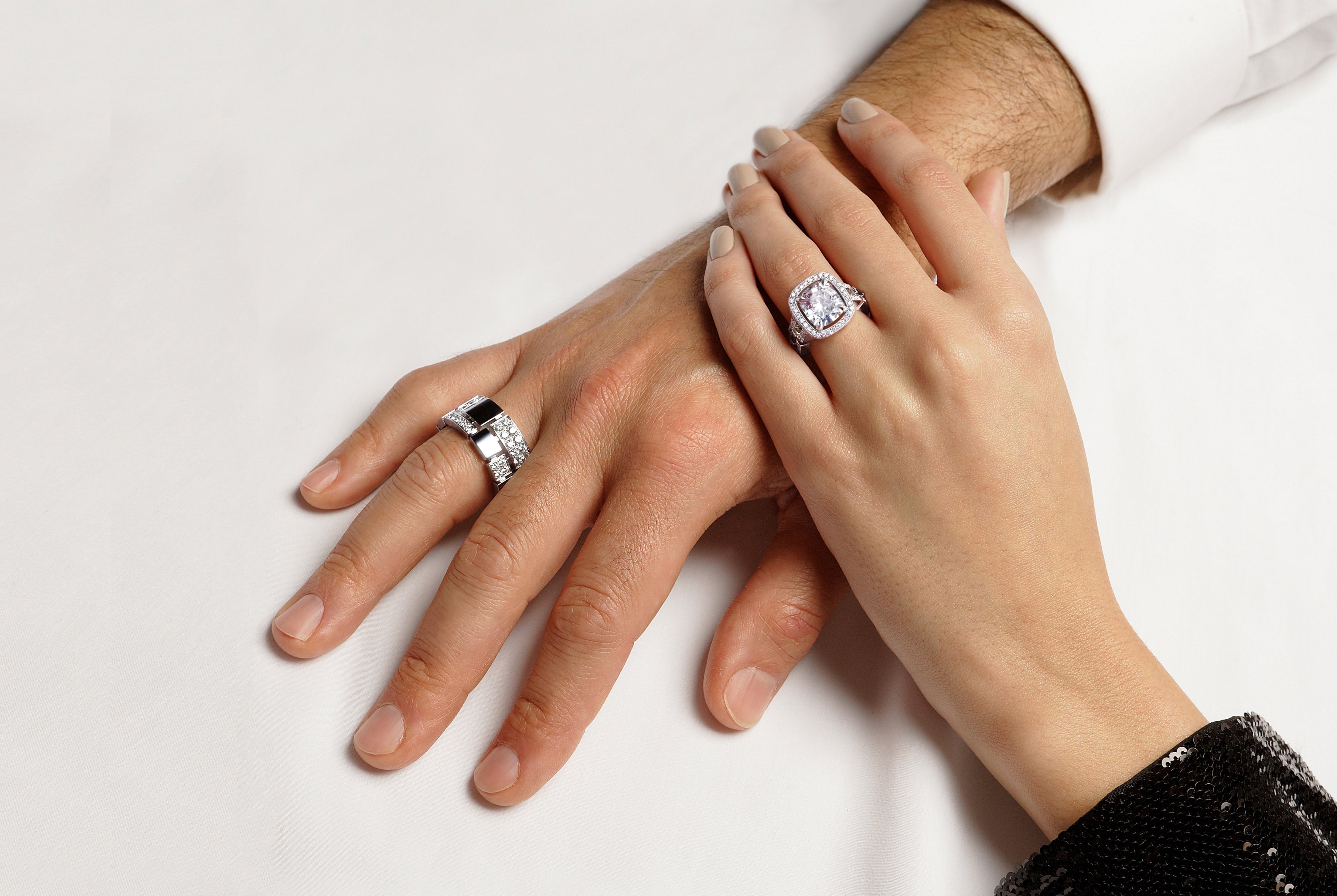A Choice That Lasts Forever...
For most couples, an engagement ring is their first major investment together, a decision that marks the beginning of building generational wealth. But with so much conflicting information about natural vs. lab-grown diamonds, how do you make the right choice?
The Canturi heritage began over three decades ago by creating some of the desired diamond engagement rings in Australia. After decades at the forefront of luxury diamond rings, studying market values, sustainability, and long-term worth, we’ve guided thousands of clients through this very decision.
What we’ve learned is that the answer to whether to choose a natural or lab-grown diamond engagement ring comes down to asking yourself one simple question:
Why are you buying this diamond ring?
Your answer will guide you to the choice that aligns with your values, your relationship, and your future.
After decades of caring for our clients, these are the most common reasons—do any resonate with you?
- A symbol of love & commitment—chosen with the intention that she will wear it for life.
- A legacy investment—the first step in building generational wealth with something rare, important, and valuable.
- A future heirloom—a piece that her children will associate with her, to be passed down as a family heritage jewel.
- A purchase that retains value—ensuring your choice does not significantly decline in value or become worthless over time.
- An environmentally responsible choice—knowing that natural diamonds are the result of mining advancements, while lab-grown diamonds require extreme energy consumption, powered by fossil fuels.
- A reflection of the giver—showcasing his values, success, and commitment.
If any of these are your reasons, the next question naturally follows.
Natural vs. Lab-Grown Diamonds: A Clear Comparison
Natural vs. Lab-Grown Diamonds: A Clear Comparison
|
Feature
|
Natural Diamond
|
Lab-Grown Diamond
|
|
Origin |
Formed over millions to billions of years deep within the Earth's mantle under extreme natural conditions.
|
Created in weeks to months in a laboratory using High-Pressure
High-Temperature (HPHT) or Chemical Vapor Deposition (CVD) methods. |
|
Uniqueness |
Each diamond is one of a kind, with unique growth patterns and inclusions that serve as a natural fingerprint.
|
Lab-grown diamonds can be mass-produced, often identical in appearance. They may exhibit artificial metallic inclusions or growth patterns from manufacturing.
|
|
Value Over Time |
Holds or appreciates in value due to finite supply and increasing rarity.
(Source: Wall Street Journal, 2024) |
Depreciates rapidly—wholesale prices have dropped by 87% since 2018, with further declines of 50% to 80% expected. In less than a decade the price of a 1.5carat lab grown diamond has dropped from $10,750 down to $1,805.
(Source: Rapaport, 2024 & Business Insider, 2024) |
|
Perception In Luxury |
The preferred choice for high jewellery maisons & collectors. Featured in prestigious engagement ring collections.
|
No longer considered fine jewellery—Pandora now sells lab-grown diamond rings for $200, signaling a shift toward mass-market perception.
(Source: The Economist, 2024) |
|
Sustainability |
The diamond mining industry has introduced carbon-neutral mining initiatives and strict ethical sourcing standards.
(Source: Diamond Producers Association, 2024) |
Energy-intensive—requires 20% of the Sun’s surface heat to produce a single diamond. Over 60% of lab-grown diamonds come from China & India, where coal powers 63% and 74% of electricity grids, making sustainability claims misleading.
(Source: ABC News, 2024 & GIA, 2024) |
|
Authenticity |
GIA-certified devices can authenticate natural diamonds based on unique inclusions, fluorescence, and growth structures.
(Source: GIA, 2024) |
Specialised detection equipment is required to differentiate lab-grown diamonds from natural diamonds. The GIA iD100® and DiamondView devices identify growth patterns exclusive to lab-created stones.
(Source: GIA, 2024) |
|
Certification |
GIA-certified with full 4Cs grading (Cut, Color, Clarity, Carat). Natural diamonds receive detailed reports with plotted diagrams and proportions analysis.
(Source: GIA, 2024) |
GIA also grades lab-grown diamonds but clearly labels them as laboratory-created. The reports differ in format to prevent confusion with natural diamonds.
(Source: GIA, 2024) |
|
Canturi's |
Exclusively features natural diamonds in our designs, responding to the desires of our clients.
|
Canturi does not use lab-grown diamonds.
|
Why Canturi Clients Choose Natural Diamonds
At Canturi, we have always responded to the desires of our clients—those who seek the rarest, most meaningful, and most valuable pieces to symbolise their love.
- A lab-grown diamond may be a choice for fashion jewellery, or a trend.
- But if your reasons for buying a diamond ring run deeper—if this is about forever, about building your life together, about legacy—then the choice of a natural diamond becomes clear.
- Canturi clients are not convinced by the simplistic sustainable 'green' claims by the lab grown diamond factories that are not valid and misleading.
For over three decades, we have designed unique engagement rings exclusively with natural diamonds, honouring the significance of a ring that will be worn for a lifetime and treasured for generations.
Book a Private Consultation to discover the perfect natural diamond engagement ring.



